Osteopathy in St Albans
Osteopathic treatment is a process of focusing on rehabilitation and preventing disorders primarily of the body’s musculoskeletal system including muscles, joints, nerves and ligaments.
Osteopathy In St Albans
Osteopathic techniques involves a wide range of hands-on treatment techniques including massage, mobilisation or manipulation of joints reinforced with lifestyle guidance, exercise and postural advice.
At St Albans Therapy Clinic, you will be welcomed by an experienced practitioner. Orthopedic assessment and treatment is performed before application with guaranteed professionalism.
Email Us
At St Albans Therapy Clinic, you will be welcomed by an experienced practitioner. Orthopedic assessment and treatment is performed before application with guaranteed professionalism.
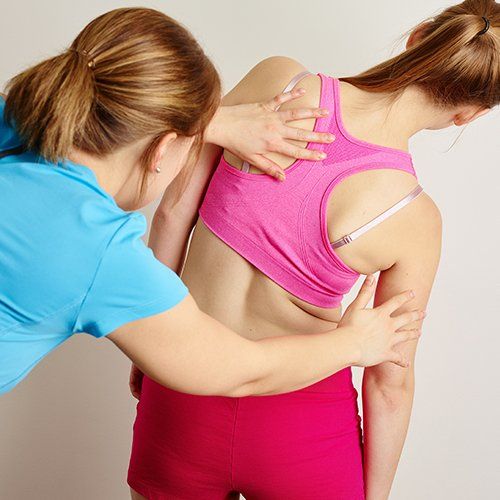
What is osteopathic treatment?
A very gentle technique using the hands to release tension or balance movement in the skull and body.
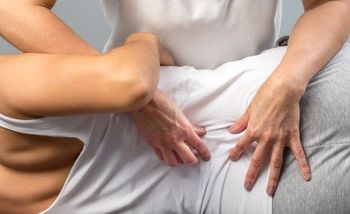
Osteopathic Manipulation
Osteopathic spinal manipulation is different from spinal manipulation due to the need of understanding the Osteopathic philosophy which is learnt over a 4 to 5-year Osteopathy degree course at university. It is therefore the application of these techniques that distinguishes osteopaths and osteopathic practice. The philosophy learnt involves the practitioner learning to understand when and why to apply a treatment technique with the aim of improving certain changes within the body in terms of its movement and function.
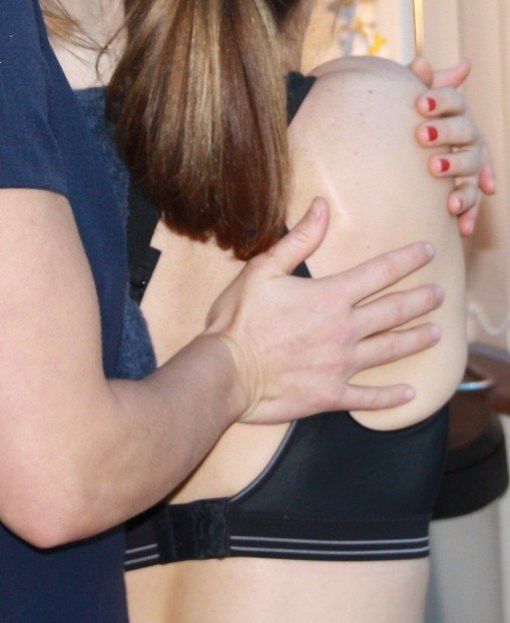
Mobilisation
Moving joints to release stiffness and tension with the aim of improving range and quality of movement.
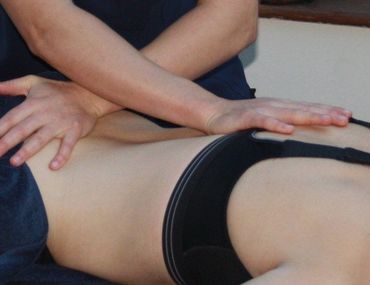
Soft Tissue Techniques, Trigger Point Therapy and Passive Stretching
Soft tissue techniques include deep tissue massage are applied to sore, tight muscles.
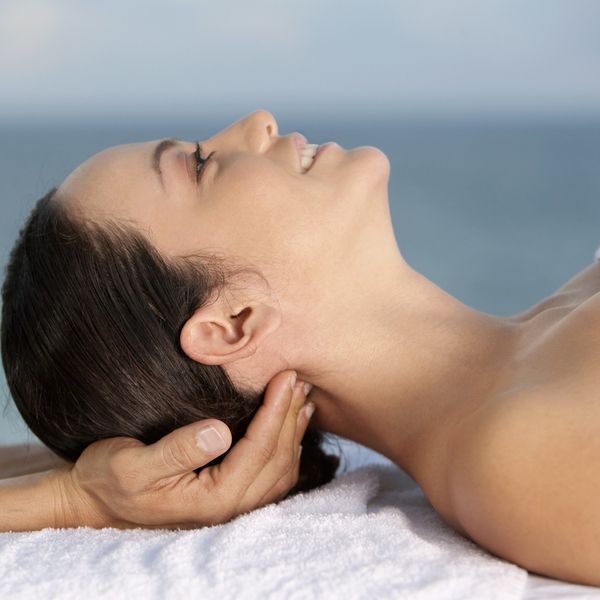
Cranial Osteopathic Techniques
A very gentle technique using the hands to release tension or balance movement in the skull and body.
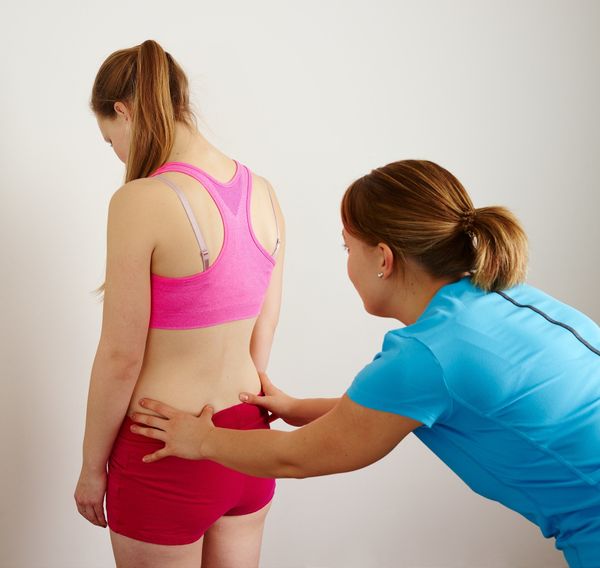
Other treatments
All other treatment methods that might be offered with the combination of traditional Osteopathic manual treatment requires additional postgraduate training which your therapist has undertaken.
These methods include medical acupuncture/acupressure (depending on preference, kinesiology taping and prescribing home exercises which can be sent to you via email). Electrotherapy might also be applied such as ultrasound which can be very useful for certain ligament and tendon problems.
All treatment options are only performed with the patient’s full consent and will be discussed throughout the course of treatment. Your manual therapist will explain the different treatment methods they offer and you will have an opportunity to discuss which techniques they think best for your condition. If you are unhappy with any of these techniques being offered or used please let your practitioner know and they can plan your treatment accordingly.
These methods include medical acupuncture/acupressure (depending on preference, kinesiology taping and prescribing home exercises which can be sent to you via email). Electrotherapy might also be applied such as ultrasound which can be very useful for certain ligament and tendon problems.
All treatment options are only performed with the patient’s full consent and will be discussed throughout the course of treatment. Your manual therapist will explain the different treatment methods they offer and you will have an opportunity to discuss which techniques they think best for your condition. If you are unhappy with any of these techniques being offered or used please let your practitioner know and they can plan your treatment accordingly.
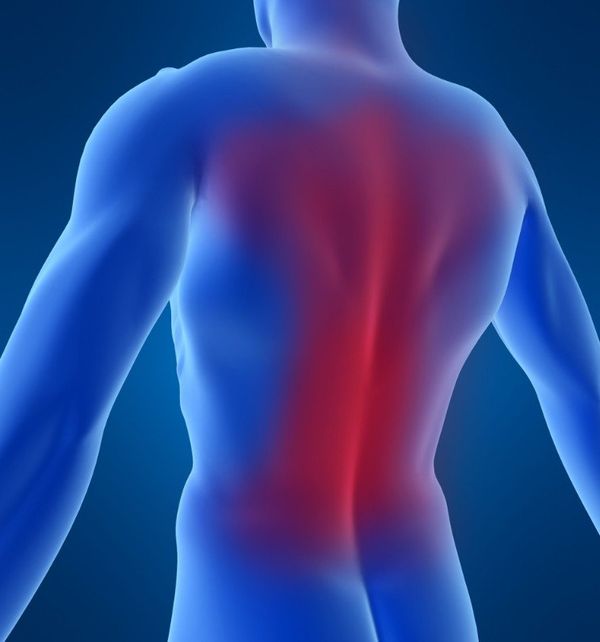
Conditions Patients Often See Osteopathic Treatment for:
Osteopathic treatment techniques can help relieve a wide range of conditions broadly ranging from:
- Generalised aches and pains
- Back pain or general acute and chronic backache (not arising from injury or accident)
- Sciatica
- Uncomplicated mechanical neck pain (as opposed to neck pain following injury) for example whiplash
- Headache arising from the neck (cervicogenic or migraine prevention)
- Joint pains including hip and knee pain from osteoarthritis as an adjunct to core OA treatments and exercise
- Arthritic pain
- Frozen shoulder, shoulder and elbow pain, tennis elbow (lateral epicondilitis arising from associated musculoskeletal conditions of the back and neck, but not isolated occurrences)
- Muscle cramp, minor sports injuries and tension
- Rheumatic pain, joint pain, stiff joints and lumbago
- Circulatory problem
- Digestion problems
- Neuralgia and firbromyalgia
- Inability to relax
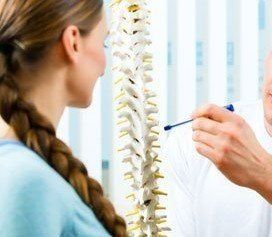
What to expect at your first visit
During a consultation, time will be spent taking a full medical case history including information about your lifestyle and daily environment.
A physical assessment is performed using a series of neurological, orthopedic and osteopathic testing. Postural defects are observed and highly skilled palpation is used to feel for tight muscles and stiff joints.
Your therapist should make the patient feel at ease and any treatment intentions or techniques used will be explained before they are performed. Patients are encouraged to ask questions throughout the treatment process should they feel unsure about anything said or done at any time during your appointment. It may take several sessions before your condition is relieved.
A physical assessment is performed using a series of neurological, orthopedic and osteopathic testing. Postural defects are observed and highly skilled palpation is used to feel for tight muscles and stiff joints.
A full diagnosis can then be made to establish a treatment plan that is suitable for the patient individual needs. All treatment applications are designed to reduce symptoms and improve circulation.
Your therapist should make the patient feel at ease and any treatment intentions or techniques used will be explained before they are performed. Patients are encouraged to ask questions throughout the treatment process should they feel unsure about anything said or done at any time during your appointment. It may take several sessions before your condition is relieved.
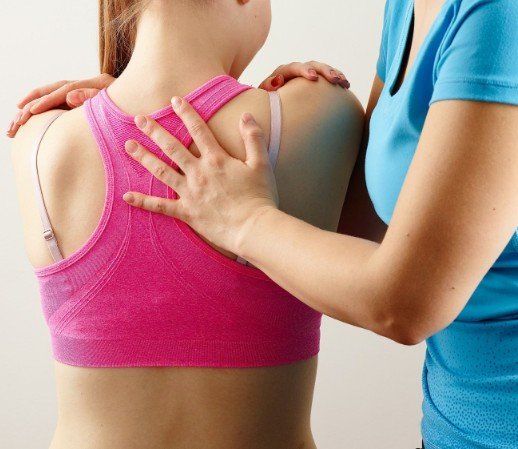
Respecting you - your modesty matters
It is important that you feel comfortable during your treatment, particularly around matters of modesty and privacy. Should you be uncomfortable disrobing, patients will be covered by towels throughout the consultation and asked to bring shorts and a sleeveless top. The practitioner will exit the room during the stages of undressing into appropriate garments.
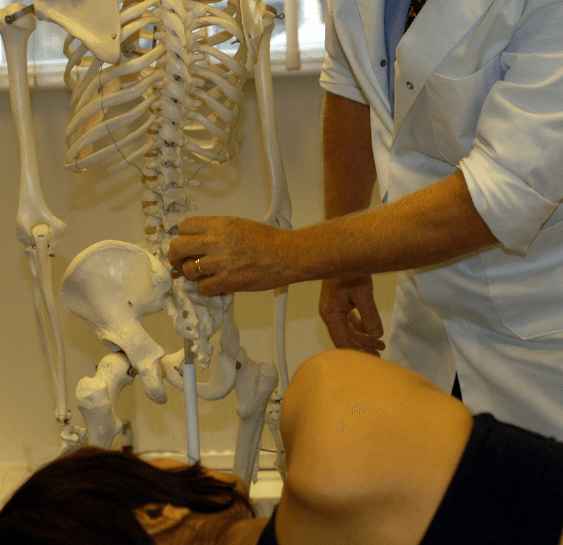
At Your Appointment
As a patient you are entitled to the highest standard of care and you should expect your practitioner to:
- Make your care their priority
- Treat you with dignity and respect
- Involve you in decisions about your care
- Respond promptly to your concern
- Respect and protect your private information

For effective osteopathy treatment in St Albans, call St Albans Therapy Clinic on
01727 789 530
© 2025. The content on this website is owned by us and our licensors. Do not copy any content (including images) without our consent.
Home Visits Available: Text or Call 07890 292987
